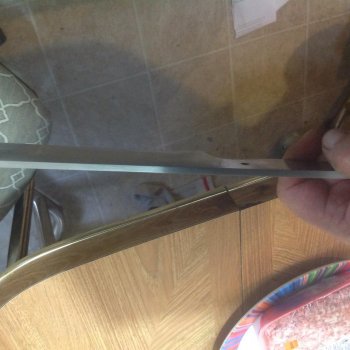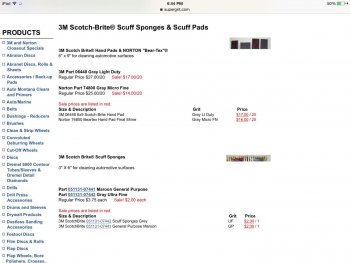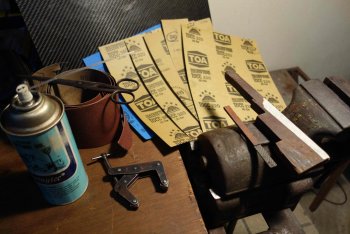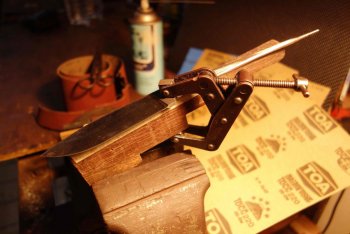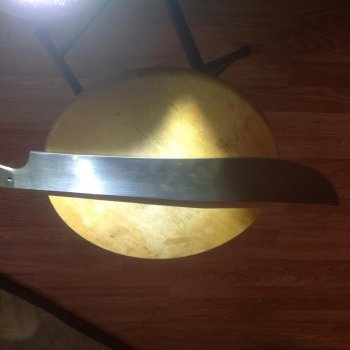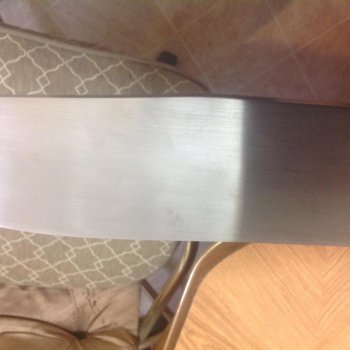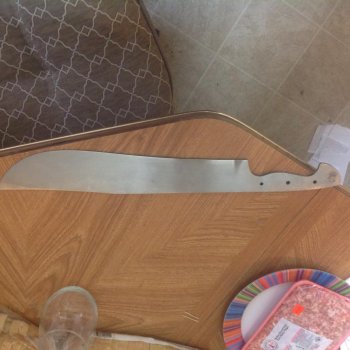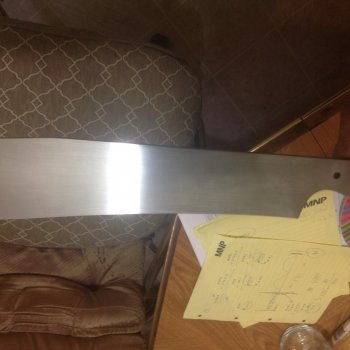First before I rant ill apologize. I have a few issues  and spend my life in a constant state of borderline suicidal.
and spend my life in a constant state of borderline suicidal.
Anyway today so depressed!
The big knife came out of heat treat well.
Today I spent 10 hours and about 100 dollars worth of wet dry paper trying to get a decent looking satin finish.
No paper left and the blade is in worse shape than when I started.
I can get a perfect mirror shine in about half an hour no problem but I dont want a mirror finish on this blade. I actually took it to a mirror finish then tried to step back a few grits to get the satin look.
I just cant get it to look uniform. It looks all streaky and unfinished.
The closest I got was at the end of the days when I wrapped the paper around a wooden dowel rather than a piece of metal I normally use.
Also somehow I warped it while hand sanding... How is that even possible... I dont even...
Grit progression:
150
240
320
400
600
800
1000
Anyway today so depressed!
The big knife came out of heat treat well.
Today I spent 10 hours and about 100 dollars worth of wet dry paper trying to get a decent looking satin finish.
No paper left and the blade is in worse shape than when I started.
I can get a perfect mirror shine in about half an hour no problem but I dont want a mirror finish on this blade. I actually took it to a mirror finish then tried to step back a few grits to get the satin look.
I just cant get it to look uniform. It looks all streaky and unfinished.
The closest I got was at the end of the days when I wrapped the paper around a wooden dowel rather than a piece of metal I normally use.
Also somehow I warped it while hand sanding... How is that even possible... I dont even...
Grit progression:
150
240
320
400
600
800
1000

